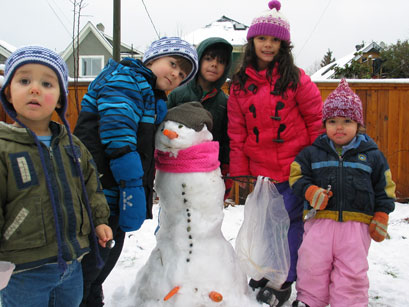The fallout
So what is the upshot of all this?
Psychologist Meredith Fuller says children and adolescents exposed to sexual
images can begin to believe their value only comes from their sexual appeal and
behavior.
“Girls can begin to regard their body as
something to be looked at and “use”,” she says, adding that other potential
impacts include depression, low self-esteem, eating disorders and lack of
sexual assertiveness.
“Without access to explanatory frameworks for
understanding these themes, children can engage in behavior which enables them
to test often distorted beliefs about sexuality,” says Tucci.

“So a 10-year-old sees a music video
involving sexually overt dancing and then goes to a school social and wonders
if they have to dance that way to fit in? We see girls taking provocative
photos and sending them to a boy because they’ve watched a music video
featuring a singer surrounded by scantily clad women who are there to serve
him. Girls take that message and work out what it means for their
relationships.”
A positive reference point
Parents have to provide a reference point
to help children make sense of this sexual material, so Fuller says parents
must talk to their kids about images they see.
“Don’t avoid talking to children about the
sexual images and messages they may exposed to. You need to build a
relationship with your child that is robust enough to talk about any issue,
including sex. Build messages into your conversation that talk about sex
occurring between people who love each other and about how important respect is
in a relationship,” she says.
At a time they feel is appropriate, Fuller
says parents need to remind kids that, in terms of intimate relationship, “they
don’t need to do and try everything at once”.
“New experiences later keep life worth
living. We need to help kids learn there are multiple ways to be,” she says.
Tucci agrees parents need to be an anchor
for children trying to make sense of the sexually charged messages they see
around them.
“The thing that protects children is the
nature of the relationships they have with adults around them. They need at
least one adult who can act as a translator and interpret what this means – and
not just dismiss it. Validate a child’s concern and make an effort to try and
explain it,” he says.

What else can parents do
1.
Tell children from an early age and often, that they’re
loved for who they are, not for how they look.
2.
Talk to your children about what advertising is
designed to do.
3.
Minimize a child’s exposure to commercial TV until they
are over eight, advises The Australian Council on Children and the Media. Set
limits around how much TV children watch and time spent online.
4.
Teach your child what is, and isn’t, acceptable when
texting.
5.
Turn off the TV. “Create activities that take kids away
from the television, the computer and their mobile,” says Fuller.
6.
Talk to children about the potential risks of the
internet, says Carr-Gregg. “Make sure computers aren’t in a child’s bedroom and
do regular shoulder surfing to see what kids are looking at online,” he says.
7.
Internet filters aren’t enough. “Filters may lull
parents into believing there is less need for adult supervision. You still need
to monitor your children online,” he says.